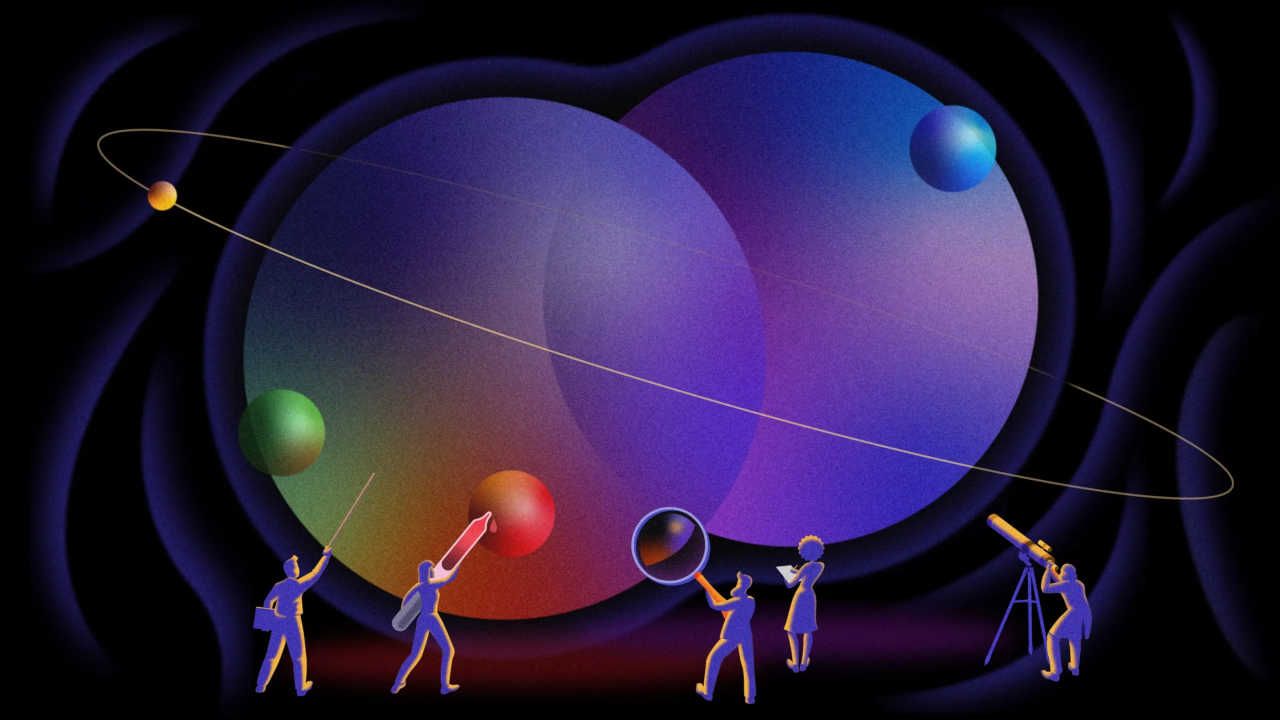Inside the Proton, the ‘Most Complicated Thing You Could Possibly Imagine’ (Quanta Magazine)

More than a century after Ernest Rutherford discovered the positively charged particle at the heart of every atom, physicists are still struggling to fully understand the proton.
High school physics teachers describe them as featureless balls with one unit each of positive electric charge — the perfect foils for the negatively charged electrons that buzz around them. College students learn that the ball is actually a bundle of three elementary particles called quarks. But decades of research have revealed a deeper truth, one that’s too bizarre to fully capture with words or images. (…)
As the pursuit continues, the proton’s secrets keep tumbling out. Most recently, a monumental data analysis published in August found that the proton contains traces of particles called charm quarks that are heavier than the proton itself. (…)
The new scrutiny picked up a background blur in the images that had escaped past researchers. In relatively soft collisions just barely breaking the proton open, most of the momentum was locked up in the usual three quarks: two ups and a down. But a small amount of momentum appeared to come from a “charm” quark and charm antiquark — colossal elementary particles that each outweigh the entire proton by more than one-third. (…)

https://www.quantamagazine.org/inside-the-proton-the-most-complicated-thing-imaginable-20221019/
Experiments featured in the article above
- Stanford Linear Accelerator (1966-2000s, 3.2km long) https://en.wikipedia.org/wiki/SLAC_National_Accelerator_Laboratory


- HERA particle accelerator in Hamburg (1992-2007, perimeter 6km) https://www.desy.de/research/facilities__projects/hera/index_eng.html

See also
- Original Nature paper https://www.nature.com/articles/s41586-022-04998-2
- If you are feeling adventurous, read more about Quantum chromodynamics (QCD) https://en.wikipedia.org/wiki/Quantum_chromodynamics
